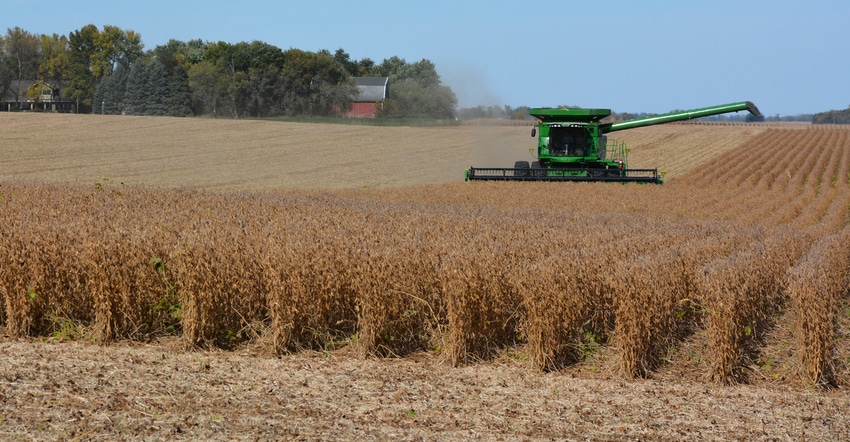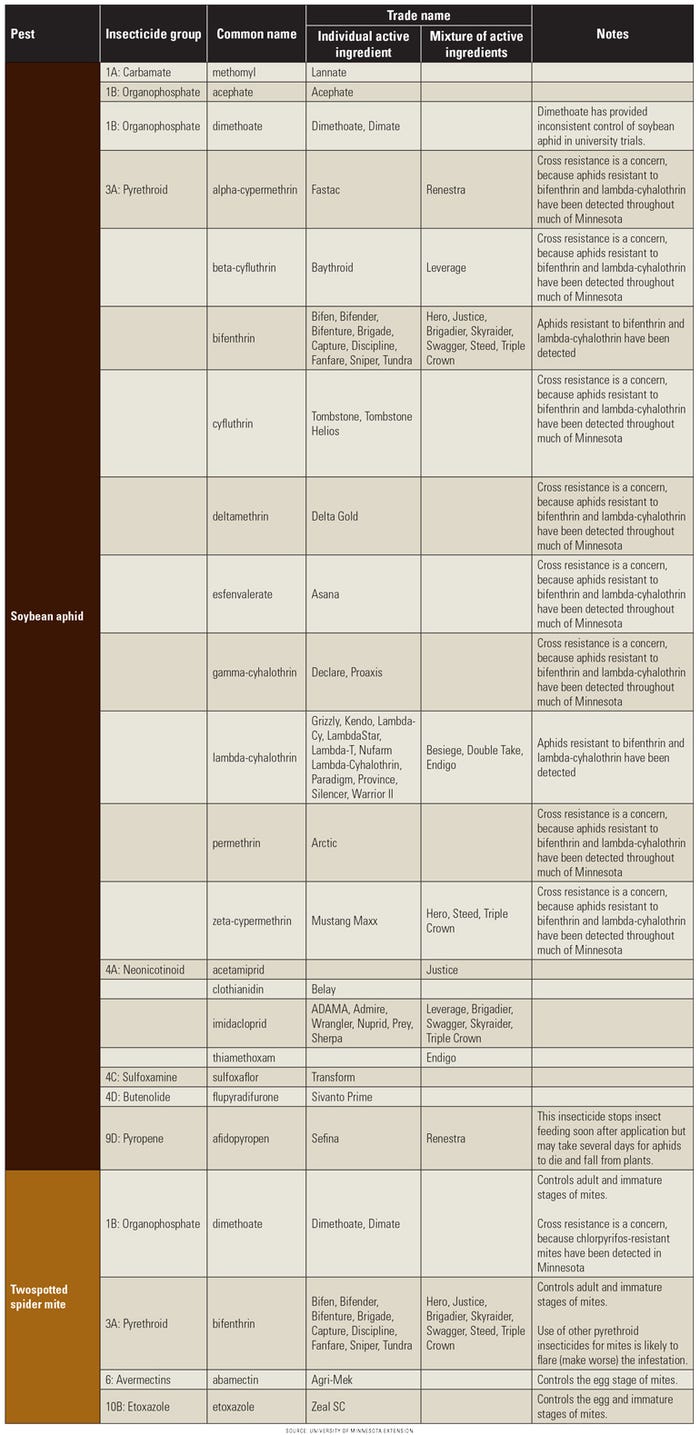August 30, 2021

In a pre-publication of a final rule released Aug. 18, the EPA announced it is revoking all tolerances for chlorpyrifos.
A “tolerance” represents the maximum level of pesticide residue legally allowed in or on raw agricultural commodities and processed foods.
Revoking of tolerances will stop the use of chlorpyrifos on all food and feed, taking effect six months after the final rule is published. The pre-publication announcement from EPA indicates that growers can still use chlorpyrifos through the end of the 2021 growing season. Nonagricultural uses are unaffected by the final tolerance rule.
Chlorpyrifos is an active ingredient in many commonly used insecticides such as Chlorpyrifos, Govern, Hatchet, Lorsban, Lorsban Advanced, Vulcan, Warhawk, Whirlwind and Yuma, and formulated mixtures such as Bolton, Cobalt Advanced, Match-Up and Stallion.
It is a neurotoxic chemical capable of affecting a wide range of animals including many arthropod pests, but also humans and nontarget organisms. Chlorpyrifos interferes with the normal functioning of these animals’ nervous systems by binding to acetylcholinesterase, preventing the breakdown of acetylcholine. Subsequent accumulation of acetylcholine causes overstimulation of nerves, which can result in paralysis and death.
Chlorpyrifos is also a source of contamination in multiple surface water bodies in Minnesota, and it can pose a substantial risk to human health and the environment.
In 2007, the Natural Resources Defense Council and Pesticide Action Network North America submitted a petition to the EPA to revoke all tolerances and cancel all registrations for chlorpyrifos based on adverse human health effects. The EPA made a final decision, denying this petition in 2019. However, in a ruling issued April 29, the 9th Circuit Court of Appeals vacated the 2019 denial of the petition and instructed the EPA to either modify chlorpyrifos’ tolerances and publish findings to show they are safe, including for infants and children; or to revoke all chlorpyrifos tolerances within 60 days.

OTHER OPTIONS: This table offers insecticide alternatives to chlorpyrifos to manage soybean aphid and two-spotted spider mite. The product list was compiled by University of Minnesota and the Minnesota Department of Agriculture from North Dakota State University and Purdue University Extension publications. The insecticide group number refers to resistance management classification where cross resistance is likely if resistance develops to one insecticide in the group (e.g., avoid using a 1A after applying a 1B insecticide).

EPA announced in August that “based on the currently available data and taking into consideration the currently registered uses for chlorpyrifos, EPA is unable to conclude that the risk from aggregate exposure from the use of chlorpyrifos meets the safety standard of the Federal Food, Drug and Cosmetic Act. Accordingly, EPA is revoking all tolerances for chlorpyrifos.”
The revocation of all tolerances will take effect six months after the publication of the final rule.
Alternatives to chlorpyrifos
Chlorpyrifos is widely used in Minnesota to manage a variety of arthropod pests in several important agricultural crops. For example, chlorpyrifos is used to manage soybean aphids, which can reduce soybean yield up to 40%. Based on USDA National Agricultural Statistics Service and Minnesota Agricultural Statistics Service surveys conducted between 2013 and 2018, chlorpyrifos was applied on approximately 11% of soybean acres, 9% of wheat acres, and 1% of hay and corn acres in Minnesota. NASS and MASS do not collect pesticide use data for all crops. However, chlorpyrifos is used on a notable portion of acres for other crops in Minnesota such as sugarbeets (about 15% of acres), dry beans (about 15% of acres) and sunflowers.
Chlorpyrifos is one pest management option among others for many crop pests. The Extension crop and pest management guides listed below provide extensive lists of products available for management of pests, but they are not Minnesota-specific, so some of the products listed may not be available or registered for use in Minnesota.
You can find out if a pesticide is registered in Minnesota by searching the Minnesota Department of Agriculture website. These guides can be searched for alternative pesticides to chlorpyrifos. Nonchemical management tactics and prevention measures may also be options for some pests. An additional useful resource is the EPA Pesticide Product Label System website, which houses labels for pesticides.
Field crops: North Dakota Field Crop Insect Managemente Guide
Vegetable crops: Midwest Vegetable Production Guide
Fruit crops: Midwest Fruit Pest Management Guide
Alternatives for soybean aphid and two-spotted spider mites in soybean
As mentioned above, EPA indicates that growers can still use chlorpyrifos through the end of the 2021 growing season. In coming years, however, farmers will need to consider alternative insecticides or other management tactics for some pests.
Soybean, for example, is one crop that often requires foliar applications of insecticides. The table provided summarizes insecticide alternatives to chlorpyrifos for management of soybean aphid and two-spotted spider mites in soybean.
Products are mentioned in the tables for illustrative purposes only and may not represent a complete list of options available. Inclusion of products does not mean endorsement, and their absence does not imply disapproval. Always read and follow label directions.
Other nonchemical management tactics may also be considered for some of these pests.
For questions regarding pest management, Contact Robert Koch ([email protected]), Bruce Potter ([email protected]) or Anthony Hanson ([email protected]).
For questions regarding regulatory aspects of this decision, contact MDA’s Theresa Cira ([email protected]) or Raj Mann ([email protected]).
Koch, Potter and Hanson are with the University of Minnesota. Theresa Cira and Raj Mann are with the Minnesota Department of Agriculture.
Source: University of Minnesota Extension, which is solely responsible for the information provided and is wholly owned by the source. Informa Business Media and all of its subsidiaries are not responsible for any of the content contained in this information asset.
You May Also Like




